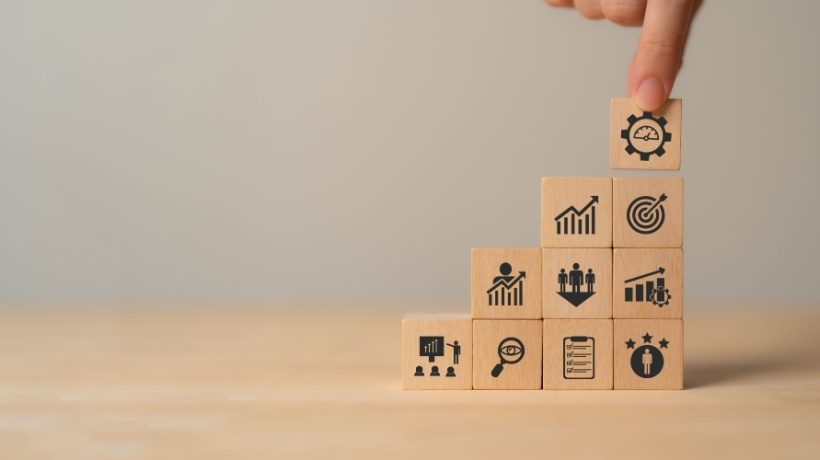key factors influencing the cost of printed board assembly
The cost of printed board assembly (PBA) is influenced by several key factors that encompass various aspects of the manufacturing process, materials, complexity of design, and production volume. Understanding these factors is crucial for manufacturers and designers to manage costs effectively and optimize the balance between quality, performance, and affordability in PCB assemblies.
One of the primary factors influencing the cost of printed board assembly is the complexity of the PCB design. PCBs with intricate layouts, dense component placement, and multiple layers require more time and resources to manufacture, assemble, and test, resulting in higher production costs. Complex designs may also necessitate specialized materials, fabrication techniques, and assembly methods, further adding to the overall cost of PBA.
Additionally, the size and dimensions of the PCB play a significant role in determining the cost of PBA. Larger PCBs require more material, longer fabrication times, and additional handling and processing steps, all of which contribute to higher manufacturing costs. Conversely, smaller PCBs with simpler designs and fewer components are generally more cost-effective to produce.


What are the key factors influencing the cost of printed board assembly?
Moreover, the choice of materials used in PBA can significantly impact production costs. High-quality substrate materials, copper foils, solder masks, and conformal coatings may incur higher material costs but offer superior performance, reliability, and longevity. Conversely, opting for lower-cost materials may result in compromises in terms of durability, thermal management, and electrical performance, potentially leading to increased maintenance, repair, and replacement costs over time.
The production volume is another critical factor influencing the cost of PBA. Economies of scale dictate that higher production volumes generally result in lower per-unit costs, as fixed costs such as tooling, setup, and overhead are spread out over a larger number of units. Conversely, low-volume production runs may incur higher unit costs due to the same fixed costs being distributed across fewer units, making small-batch PCB assemblies less cost-effective compared to high-volume production.
Furthermore, the level of automation and manufacturing efficiency can impact the cost of PBA. Automated assembly processes, such as surface mount technology (SMT) and robotic pick-and-place systems, offer higher throughput, greater accuracy, and lower labor costs compared to manual assembly methods. Investing in advanced manufacturing equipment and process optimization can help reduce production cycle times, minimize errors, and improve overall efficiency, resulting in lower manufacturing costs for PBA.
The complexity and precision of the assembly process also influence the cost of PBA. Fine-pitch components, high-density interconnects, and advanced packaging technologies may require specialized assembly techniques, inspection methods, and quality control measures to ensure proper alignment, soldering, and functionality. These additional steps and processes add to the overall cost of PBA but are necessary to achieve the desired level of quality and reliability in the finished PCB assemblies.
Moreover, the level of testing and quality assurance measures implemented during PBA can impact production costs. Rigorous testing, inspection, and validation procedures help identify and rectify defects, ensure compliance with specifications, and improve overall product quality. However, comprehensive testing adds to the time, resources, and equipment required for production, resulting in higher manufacturing costs.
In conclusion, several key factors influence the cost of printed board assembly, including the complexity of the PCB design, size and dimensions of the PCB, choice of materials, production volume, level of automation, complexity of the assembly process, and extent of testing and quality assurance measures. By carefully managing these factors and optimizing the manufacturing process, manufacturers and designers can achieve cost-effective PCB assemblies that meet the performance, reliability, and budgetary requirements of diverse electronic applications.









